Shantiniketan, South Bengal – Attractive landscape & cultural charms make the town ideal for a short vacation
Shantiniketan was a weekend hotspot for Kolkatans even before they started to feel the need for a weekend break. The rough yet attractive landscape and the many cultural charms make the town ideal for a short vacation.
Shantiniketan came into prominence in 1901 when Rabindranath Tagore’s dream of setting up an open-air school in the gurukul format took shape with only five pupils. Over the next few decades, the place became his second home and offered his radiant talent the right scope for expression. The tiny school grew into a university and was attracting intellectuals from across the world by the 1930s.
The place finds mention even in the Hindu mythology. In Markandeya Purana, King Surath, who used to rule the region, once sacrificed 1,000 animals at the altar of Chandika Devi, earning the place the name of Balipur, which later became Bolpur.
In 1861, Debendranath Tagore purchased 20 bigha of land from SK Sinha of Raipur. Three years later, Debendranath set up a house here and named it Santiniketan.
Start your excursion from Uttarayan. Once the residence of Rabindranath, it has now been converted into a museum. Rare photographs, manuscripts, documents and artefacts find place here. The exhibits provide a wealth of information on Tagore’s life and work. The Austin used by him is also on display.
Next to Uttarayan is another of Tagore’s residences, Udayan. Furniture and articles used by the bard are on show here.
The Nobel laureate stayed in several houses in Shantiniketan at different times. Most of them are in a cluster and were affectionately named by him. One of the houses is called Shyamoli and was built with mud and cement. The structure is like that of a Buddhist vihar and was normally used by Tagore in summer. In 1940, Mahatma Gandhi and Kasturba put up here. Photographs of Gandhi and Tagore have been displayed on the walls. Other buildings like Punashcha, Konark and Udichi are also worth visiting.
The campus of Visva-Bharati is decorated with peerless sculptures by Ramkinkar Baij. Kala Bhavan, the art school, is a must visit for lovers of art. Names like Satyajit Ray and Benodebehari Mukherjee were associated with this institution, which was once headed by Nandalal Bose. Paintings by Nandalal Bose, Abanindranath Tagore and many other noted artists adorn the department. Chitrabhanu, a studio for contemporary arts, is also worth a visit.
Ghantatala was the meeting point of ladies while Chhatimtala was the place to relax.The Bramhacharya temple is the prayer hall. This house, built with coloured Belgian glass in 1863, looks majestic when lit up. Every Wednesday, a mass prayer is held here. At Amrakunja, children study under the open sky. The house built by Debendranath is also in the vicinity.
Hindi Bhavan, inaugurated by Jawaharlal Nehru in mid- 1930s, is an important centre of Hindi literature. Chin Bhavan is the centre for oriental studies.
Shantiniketan hosts festivals throughout the year. Rabindra Jayanti or the birthday anniversary of Tagore is one of the most important. The most colourful festival is Poush Mela. The four-day fair in end-December is a grand affair. The main attraction is Baul mela or the festival of baul songs. Holi or Vasanta Utsav is the celebration of spring started in 1925. Christmas, Maghotsav and Navavarsha also draw large crowds.
A trip to Shantiniketan will remain incomplete without a visit to Khoai. Nature has crafted this masterpiece a few kilometres from the campus. The broken landscape and the rough red soil might remind you of the Grand Canyon in the US. One of the newer attractions of Shantiniketan is the deer park. Opened to public on November 11, 1977, this small reserve is known as Ballavpur forest. It shelters more than 200 deer. A bird sanctuary has been built close to the park.
Drop in at Sriniketan, the handicraft centre built by Tagore in 1923, and Kankalitala Kalibari, set up by Raghu dakat. The car that took Tagore to Kolkata for the last time in 1941 has been kept at Bolpur station.
Those who have an interest in tribal lives can visit the Santhal villages around the town.
How to go?
Shantiniketan is over 200 km by road from Kolkata.
Shantiniketan Express and Ganadevata Express are the most popular trains. Many superfast trains also stop at Bolpur station. The university compound is 3 km from the station.
Where to stay?
West Bengal Tourism Development has a tourist lodge. There are several private resorts like Chutti, Camellia and Mark & Meadows. Photography is not allowed inside Uttarayan Campus.
For details visit www.wbtourism.gov.in

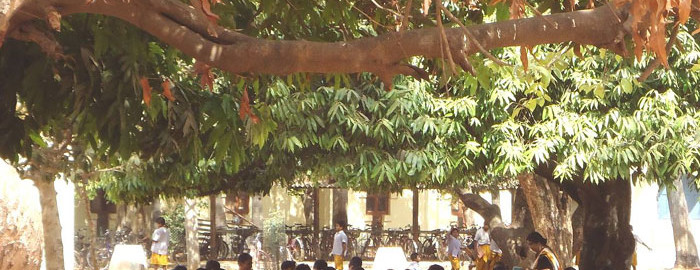
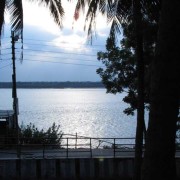
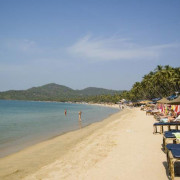

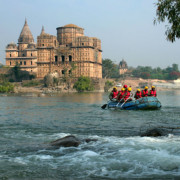
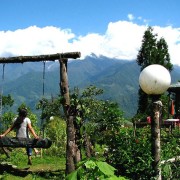
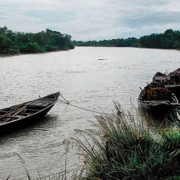
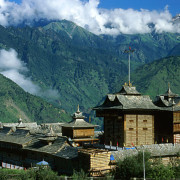
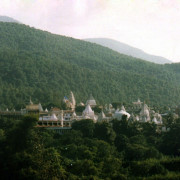


Leave a Reply
Want to join the discussion?Feel free to contribute!